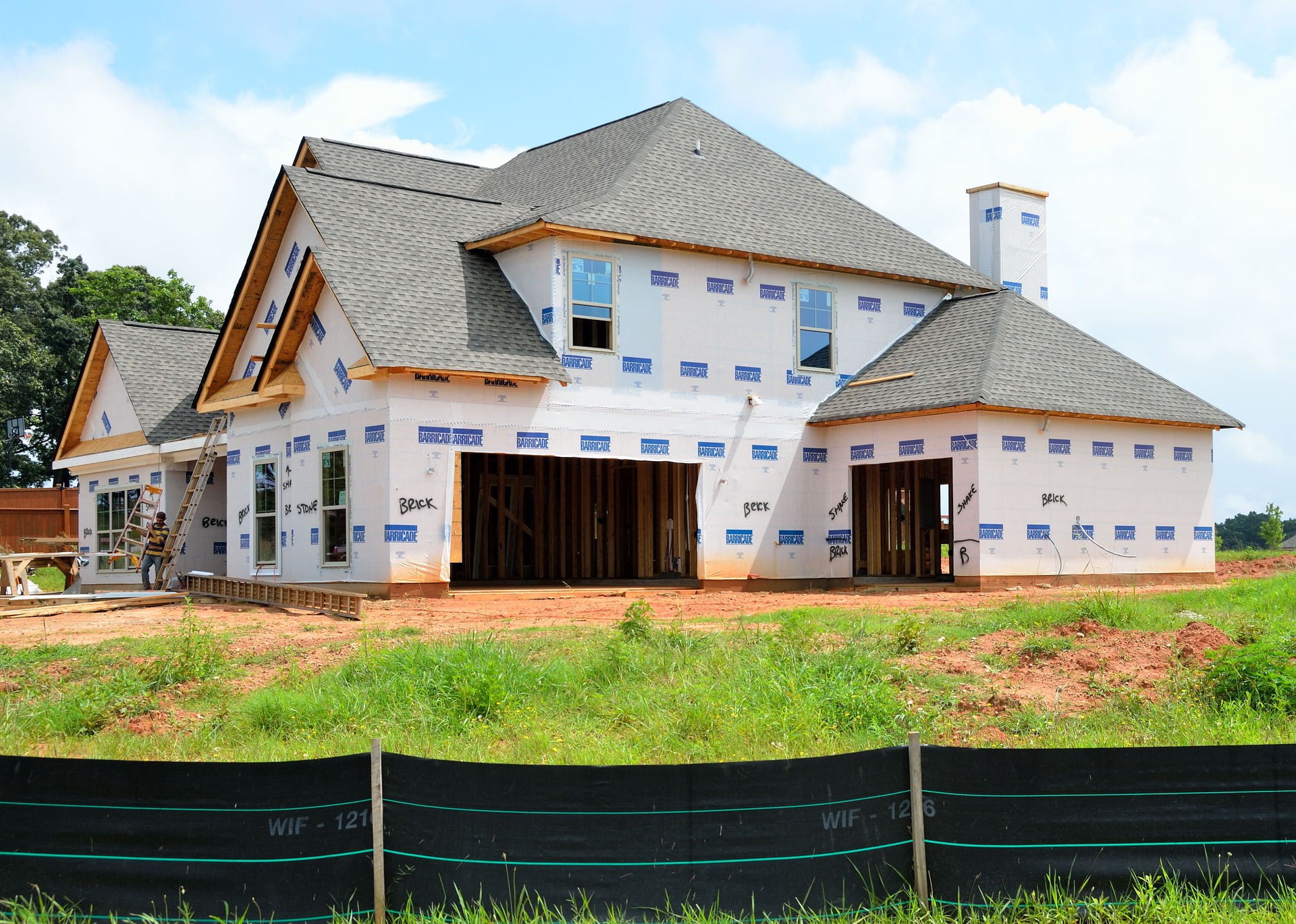Prefabricated Homes: A Modern Solution to Housing Challenges
Prefabricated homes represent a revolutionary approach to residential construction, combining efficiency, sustainability, and modern design. These factory-built structures offer a practical alternative to traditional site-built homes, featuring pre-constructed components that are assembled on-location. With advancing technology and innovative manufacturing processes, prefab homes have evolved from basic structures to sophisticated living spaces that rival conventional housing in both quality and aesthetics.

Types of Prefabricated Housing Solutions
Several categories of prefabricated homes exist to suit different needs and preferences. Modular homes consist of multiple sections (modules) that are joined together on-site. Manufactured homes are built entirely in the factory and transported as a complete unit. Panel-built homes utilize pre-made wall, floor, and roof panels that are assembled at the location. Each type offers distinct advantages in terms of customization, transportation, and assembly requirements.
Benefits of Choosing Prefab Construction
Prefabricated homes offer numerous advantages over traditional construction methods. The controlled factory environment ensures precise construction and reduced material waste. Quality control measures are more stringent, and the assembly-line process promotes consistency. Additionally, prefab homes often incorporate energy-efficient features and sustainable materials, leading to lower utility costs and reduced environmental impact.
Common Misconceptions and Reality
Many people still associate prefabricated homes with lower quality or temporary housing solutions. However, modern prefab homes meet or exceed local building codes and often incorporate high-end finishes and materials. These homes can be architecturally sophisticated and offer the same durability as traditionally built houses, with some manufacturers providing warranties comparable to those for site-built homes.
Cost Considerations and Market Analysis
Initial costs for prefabricated homes typically range from $100 to $200 per square foot, though prices vary significantly based on location, customization, and manufacturer. Here’s a comparison of leading prefab home manufacturers:
| Manufacturer | Base Price Range | Key Features |
|---|---|---|
| Clayton Homes | $150,000-300,000 | Energy-efficient designs, customizable floor plans |
| Champion Homes | $100,000-250,000 | Multiple style options, smart home integration |
| Method Homes | $200,000-400,000 | Luxury finishes, sustainable materials |
| Blu Homes | $250,000-500,000 | Premium designs, folding technology |
Prices, rates, or cost estimates mentioned in this article are based on the latest available information but may change over time. Independent research is advised before making financial decisions.
Future Trends in Prefabricated Housing
The prefabricated housing industry continues to evolve with technological advancements. Innovations in 3D printing, smart home integration, and sustainable materials are shaping the future of prefab construction. Manufacturers are developing more efficient production methods and expanding customization options, making prefabricated homes an increasingly attractive option for modern homebuyers seeking quality, efficiency, and sustainability in their housing choices.
The prefabricated housing market represents a significant shift in residential construction, offering solutions that balance quality, efficiency, and affordability. As technology advances and consumer awareness grows, these homes continue to gain acceptance as a mainstream housing option, providing a viable alternative for those seeking modern, sustainable living spaces.






